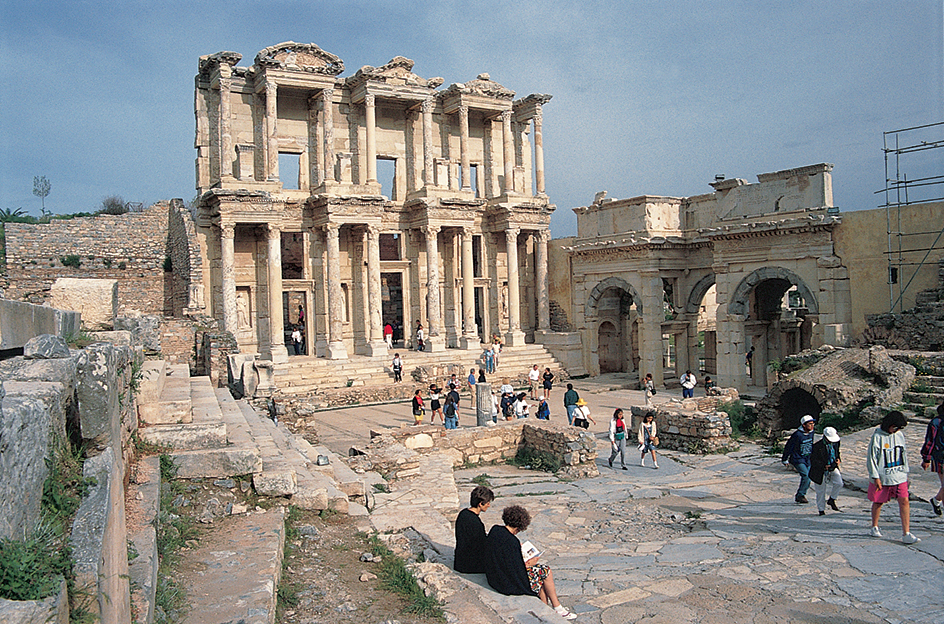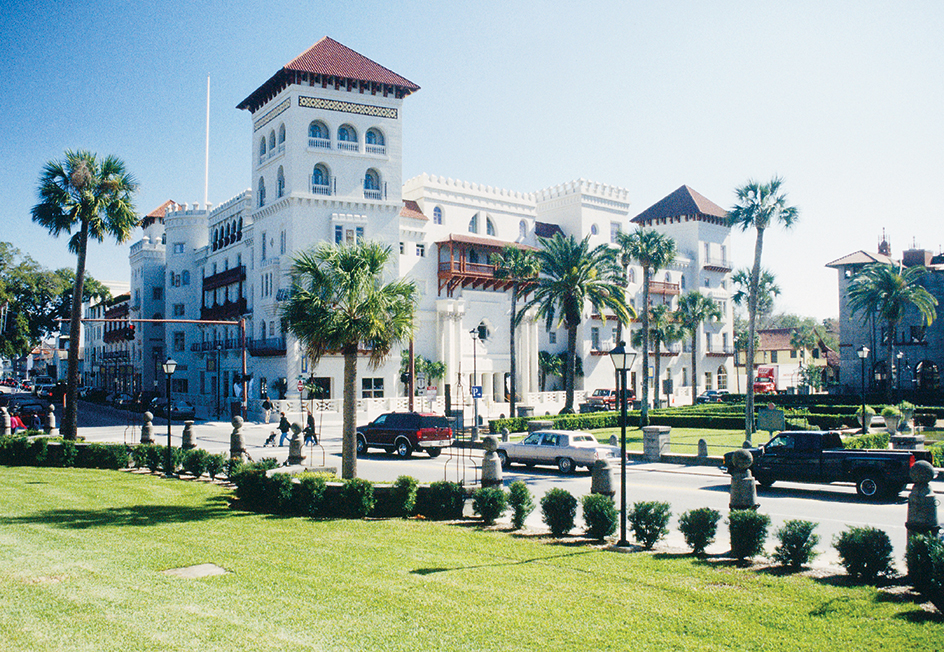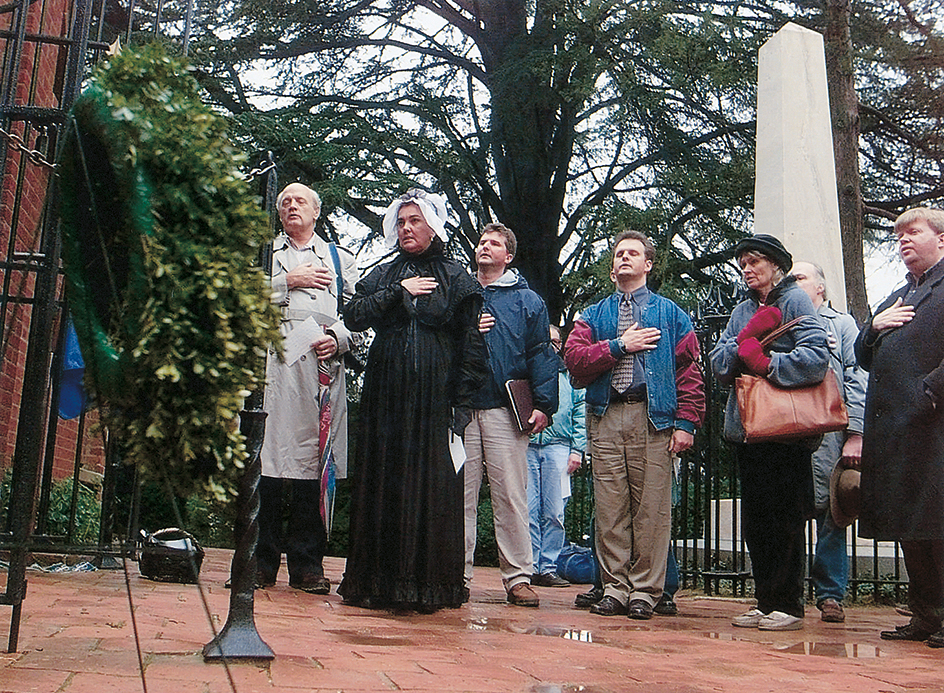Tourism is the act of touring or traveling for pleasure. The term also refers to the supplying of services to tourists. Tourism is a major industry worldwide. The industry includes international and domestic airlines; railway, bus, and taxi operators; hotels, restaurants, and clubs; tour operators and travel agents; national parks and other tourist attractions; and manufacturers and retailers of souvenirs. Tourism has brought economic benefits to many countries through job opportunities and income.

The World Tourism Organization, an international body representing tourism, defines a tourist as a person who visits a destination and stays there for at least one night before returning home. Many people think of tourism as travel to exotic destinations. Most tourism, however, is domestic—that is, it involves tourists traveling within their own country. Common types of tourism include vacations, sightseeing tours, and family visits.
There are many different ways for a country to become a popular tourist destination. Tourists often visit locations for their appealing culture or natural beauty and wildlife. Many countries have historic buildings or landmarks, such as China’s Great Wall or France’s Eiffel Tower, that draw visitors. Others can host major events, such as the Olympic Games or a world’s fair, or open theme parks, such as Walt Disney World Resort in the United States.

People began traveling for pleasure thousands of years ago. Some came to see the sights of ancient Egypt. The ancient Greeks and Romans invented many characteristics of modern tourism. In the A.D. 100’s, the Greek travel writer and geographer Pausanias produced a 10-volume tourist guide aimed at Roman visitors to Greece.
During the Middle Ages, many people made pilgrimages—that is, journeys to sacred places. Groups of Christian pilgrims traveled throughout Europe and Palestine to visit churches that housed the bones or possessions of saints. Devout Muslims made pilgrimages to Mecca (now in Saudi Arabia), the sacred city of Islam. The Renaissance saw the start of the so-called “Grand Tour,” in which upper-class young people, especially Englishmen, traveled through Europe to become educated.
In the 1800’s, the development of the railway and the steamship made inexpensive and rapid travel possible for the middle and working classes. The birth of the automobile industry, and the increases in car ownership that followed, made travel even more accessible. The development of commercial jet aircraft in the 1950’s and 1960’s enabled more people to travel longer distances.
Continued tourism growth has led to the development of package tours, which include transportation, hotels, and sometimes meals and other services. Some tours may also include an escort who travels with a group and acts as a guide. Although package tours and escorted vacations are an important part of the tourism industry, many tourists prefer to travel independently to experience culture, heritage, and the environment at their own pace.

